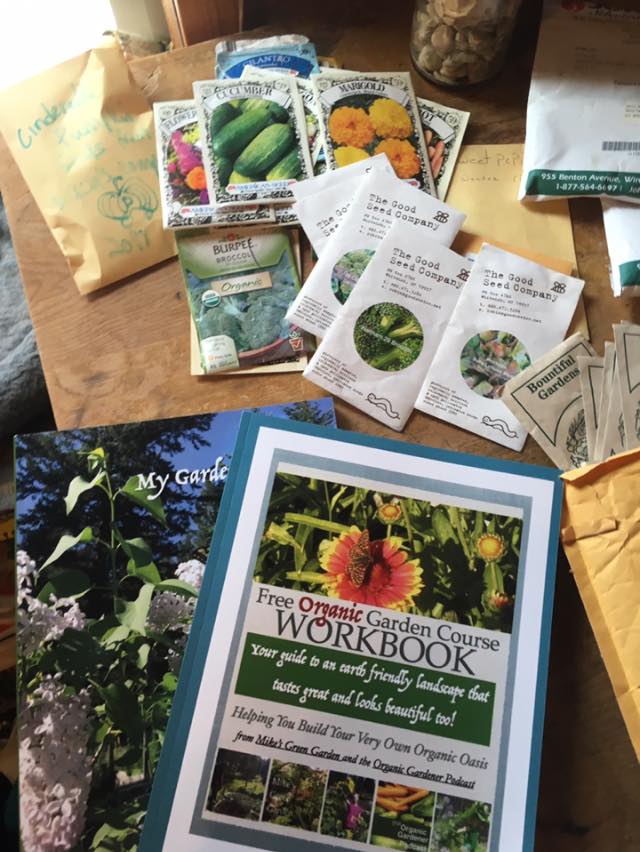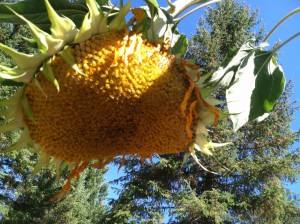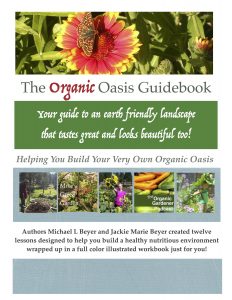Planting Your Seeds – The Four Most Important Piles To Sort Your Seeds By

I was in a Facebook group the other day and someone asked how people stored their seeds. There were some of the most elaborate systems I had ever seen everything from Pinterest worthy filing systems to recycled containers full.

Large Martha Stewart Sunflower Seeds
We keep ours in a dark cool cabinet, in an assortment of recycled containers, boxes and plastic salad trays. But what seemed different about our system is the 4 standard groups we use. They are sorted by date you put them in the ground.
First you need to know when can you put them in the earth and when are they going to be ready to harvest?
These two dates are crucial.
Some things you will be able to grow more then one crop during the garden season and others you will be lucky to get to grow to fruition in one year, getting them in early and harvesting before it gets too hot or too cold. It all depends on where you live and what zone you are in.
Separate your seeds into 4 piles.
The 1st pile will include seeds that need to be started indoors. Things like tomatoes, peppers, eggplant, broccoli, cauliflower, lots of flowers like snapdragons, zinnias, possibly beets. Anything that needs to go in the ground after the danger of frost.
The 2nd pile will include seeds that go directly in the ground as soon as the ground can be worked. Cool weather crops like peas, lettuce, spinach, radishes, chard, kale, and some cover crops. Early April here in zone 4b.
The 3rd pile is full of warmer soil seeds like carrots that need hotter days to germinate this would be the end of April, early May here in Montana. Crops like carrots, and sunflowers.
After Danger of Frost is over
The 4th pile is seeds that go directly in the ground after all danger of frost is over. This would include green beans, basil, corn, cucumbers and squash. These will also have to be harvested before the first frost in the fall.
Mike says the heartbreak from pole beans ripening just when the frost hits, is too sad, so he quit planting those ever since the grandkids got too big to play in the teepees.
(Now, you also might include fall planting crops here as well, if your wanting to put lettuce, spinach or arugula etc in you’ll want to plant those in early July in the north, maybe closer to August in southern areas.)
You also want to read your seed packets to know proper spacing and seed depth for your zone.
So separate your seed packets into piles. The first pile gets started indoors. Piles 2-4 all go directly in the ground.
Even on our own property depending on how many trees are in the area, or if it’s at the bottom of the hill, plants will grow differently. And then of course, spring crops that like cooler weather will do different in your individual climate.
This is one of the biggest reasons to talk and more importantly listen to your neighbors.
For more info see get your copy of the
Start building your organic oasis today!


